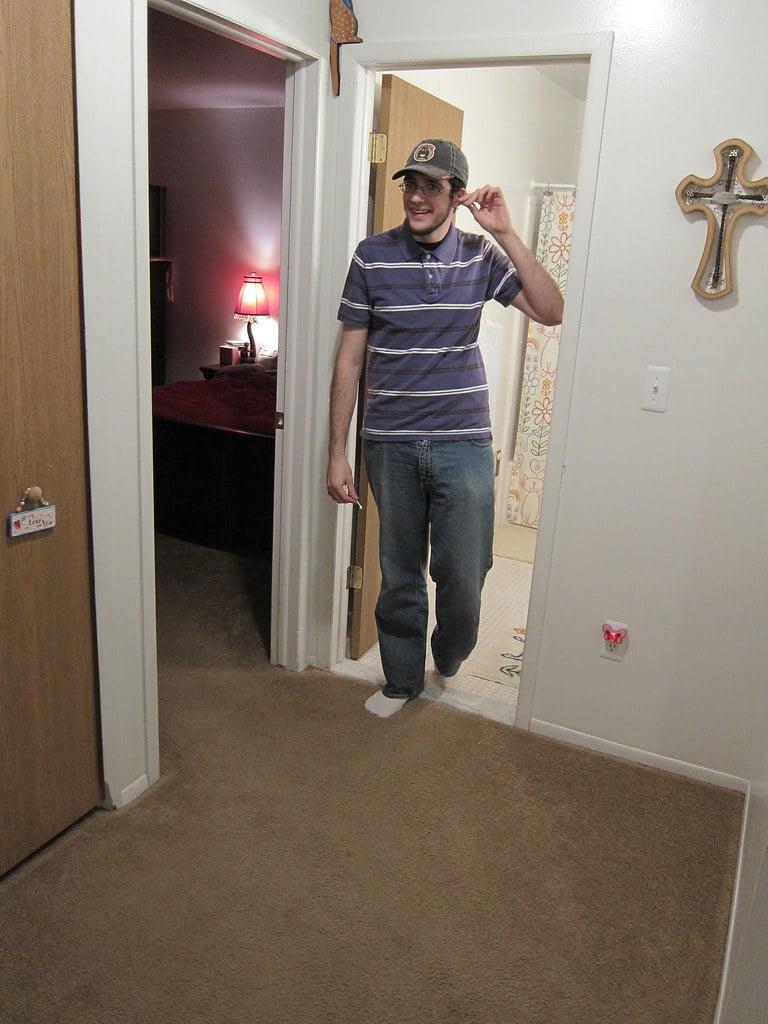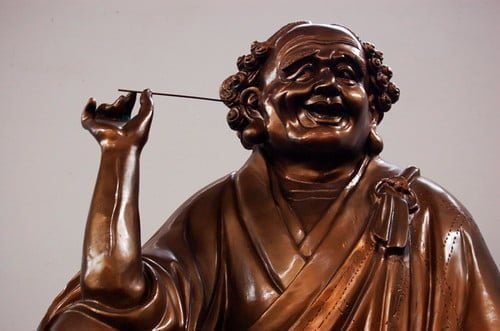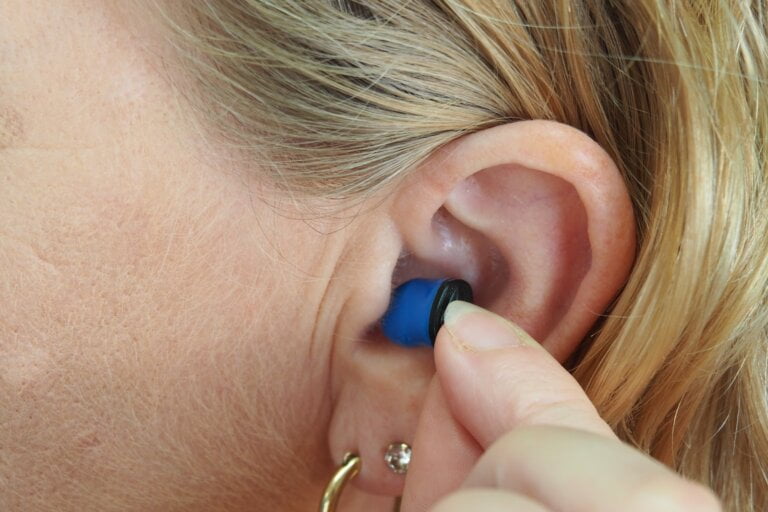Comparing Non-Specialist Clinicians in Manual Instrument Ear Wax Removal
Last Updated on 3rd May 2024 by Admin
Ear wax, medically known as cerumen, is a commonly encountered issue that can cause discomfort and affect one’s hearing. It is important to understand the differences and limitations when it comes to removing excess ear wax through manual instrument ear wax removal, especially when performed by non-specialist clinicians. In this article, we will explore the topic of manual instrument ear wax removal and compare the performance of non-specialist clinicians in this field.
What is Manual Instrument Ear Wax Removal?
Manual instrument ear wax removal is a process where a clinician uses specialized tools to manually extract excess ear wax from the ear canal. This technique requires precision and expertise to avoid any damage to the ear or eardrum. While it may seem straightforward, it is crucial to approach this procedure with caution and ensure that the person performing it has the necessary skills and knowledge.
During manual instrument ear wax removal, the clinician carefully navigates the tools through the ear canal to remove the accumulated wax. This process may involve using instruments such as curettes, forceps, or suction devices, depending on the specific case. The clinician must have a thorough understanding of the anatomy of the ear to perform the procedure safely and effectively.
Non-Specialist Clinicians in Manual Instrument Ear Wax Removal
Non-specialist clinicians refer to healthcare professionals who are not specifically trained or certified as ear wax removal specialists but may still perform the procedure. These individuals often include general practitioners, nurses, or healthcare assistants who have acquired some level of proficiency in manual instrument ear wax removal through experience or basic training.
Advantages of Non-Specialist Clinicians
- Accessibility: Non-specialist clinicians are readily available in various healthcare settings, making it convenient for patients to seek their services for ear wax removal. This accessibility ensures that patients can receive prompt care without having to wait for an appointment with a specialist.
- Cost-effective: Compared to specialist professionals, non-specialist clinicians generally offer their services at a lower cost, making it a more affordable option for patients. This advantage is particularly beneficial for individuals who may not have insurance coverage or have limited financial resources.
- Basic Skill Set: While they may not possess the same level of expertise as specialists, non-specialist clinicians have foundational knowledge and skills to perform manual instrument ear wax removal safely. They have received training that enables them to understand the basic principles of the procedure and perform it with caution.
Non-specialist clinicians play a crucial role in providing accessible and cost-effective ear wax removal services to patients. Their basic skill set allows them to address common cases of excess ear wax, providing relief to individuals experiencing discomfort or hearing issues. However, it is important to recognize the limitations of non-specialist clinicians in this field.
Limitations of Non-Specialist Clinicians
- Lack of Specialized Training: Non-specialist clinicians often lack extensive training specific to ear wax removal. While they may have received basic instruction, they may not have undergone formal education on the anatomy of the ear or the latest techniques and advancements in the field. This limitation can impact their ability to handle complex cases or identify potential complications.
- Limited Experience: Due to their varied responsibilities, non-specialist clinicians may not have as much practical experience in manual instrument ear wax removal as specialized professionals who focus solely on this procedure. This lack of experience can make it challenging for them to handle uncommon or difficult cases effectively.
- Risk of Complications: Inexperienced or inadequately trained non-specialist clinicians may inadvertently cause harm to the ear canal or eardrum during the removal process. This can lead to complications such as pain, infection, or even hearing loss. The risk of complications is higher when the clinician lacks specialized training and experience.
While non-specialist clinicians offer accessibility and cost-effectiveness, it is important for patients to carefully consider their individual needs and the risks involved. For individuals with straightforward cases of excess ear wax, seeking the services of a non-specialist clinician may be a suitable option. However, for those with complex cases or pre-existing ear conditions, consulting a specialist professional is highly recommended.
The Role of Specialist Professionals
In contrast to non-specialist clinicians, specialist professionals, known as ear wax removal specialists, undergo specialized training and possess in-depth knowledge of ear anatomy, ear wax characteristics, and the latest techniques in manual instrument ear wax removal. These experts may include otolaryngologists (ear, nose, and throat specialists) or audiologists who specialize in ear care.
Advantages of Specialist Professionals
- Expertise and Specialized Knowledge: Specialists in manual instrument ear wax removal undergo rigorous training and stay updated with advancements in the field. They possess comprehensive knowledge about the inner workings of the ear and the intricate process of removing ear wax safely. This expertise allows them to handle complex cases with precision and minimize the risk of complications.
- Experience: Since ear wax removal is their primary focus, specialist professionals accumulate significant experience in performing manual instrument ear wax removal. This experience enables them to handle a wide range of cases efficiently and effectively. They have encountered various scenarios and are equipped to address any challenges that may arise during the procedure.
- Advanced Techniques: Specialists often have access to advanced tools and techniques that may not be available to non-specialist clinicians. These specialized instruments help in the precise and safe removal of ear wax. Specialist professionals are trained in using these tools effectively, ensuring optimal results and minimizing the risk of complications.
The expertise, specialized knowledge, and advanced techniques possessed by specialist professionals make them the ideal choice for individuals with complex or challenging cases of excess ear wax. They provide a higher level of care and can address unique situations with precision and efficiency.
Choosing the Right Clinician for Ear Wax Removal
When considering manual instrument ear wax removal, it is essential to assess your individual needs and choose the most appropriate clinician. Here are some factors to consider:
- Severity of Ear Wax Buildup: If you have a severe or recurring ear wax problem, it is advisable to consult a specialist professional who can provide specialized care and expertise. They have the necessary knowledge and experience to handle complex cases and minimize the risk of complications.
- Pre-existing Ear Conditions: If you have any pre-existing ear conditions or a history of ear surgeries, it is preferable to seek the services of a specialist who can better assess and manage your unique situation. They are equipped to handle potentially delicate or complicated cases, ensuring the best possible outcome for your ear health.
- Personal Preference: Some individuals may feel more comfortable with a non-specialist clinician due to factors such as familiarity or cost. In such cases, ensure that the clinician has received basic training and possesses a good track record in performing ear wax removal. It is important to prioritize safety and choose a clinician who can perform the procedure with caution and competence.
Conclusion
Manual instrument ear wax removal is an effective method for addressing excess ear wax, but it is crucial to choose the right clinician for the procedure. Non-specialist clinicians offer accessibility and cost-effectiveness but may have limitations in terms of training and experience. On the other hand, specialist professionals provide expertise, specialized knowledge, and advanced techniques.
By considering your specific needs, severity of ear wax buildup, and any pre-existing conditions, you can make an informed decision regarding the clinician you choose. Ultimately, the goal is to prioritize your safety and well-being while effectively addressing your ear wax concerns. Consulting a specialist professional is especially recommended for complex cases or individuals with pre-existing ear conditions, ensuring the highest quality of care for your ear health.
FAQ
1. What is manual instrument ear wax removal?
Manual instrument ear wax removal is a process where a clinician uses specialized tools to manually extract excess ear wax from the ear canal. It requires precision and expertise to avoid any damage to the ear or eardrum.
2. Who are non-specialist clinicians in manual instrument ear wax removal?
Non-specialist clinicians are healthcare professionals who are not specifically trained or certified as ear wax removal specialists but may still perform the procedure. They often include general practitioners, nurses, or healthcare assistants.
3. What are the advantages of non-specialist clinicians in manual instrument ear wax removal?
Non-specialist clinicians offer accessibility, cost-effectiveness, and have a basic skill set to perform manual instrument ear wax removal safely.
4. What are the limitations of non-specialist clinicians in manual instrument ear wax removal?
Non-specialist clinicians often lack specialized training, have limited experience, and there is a risk of complications when they lack proper training and experience.






